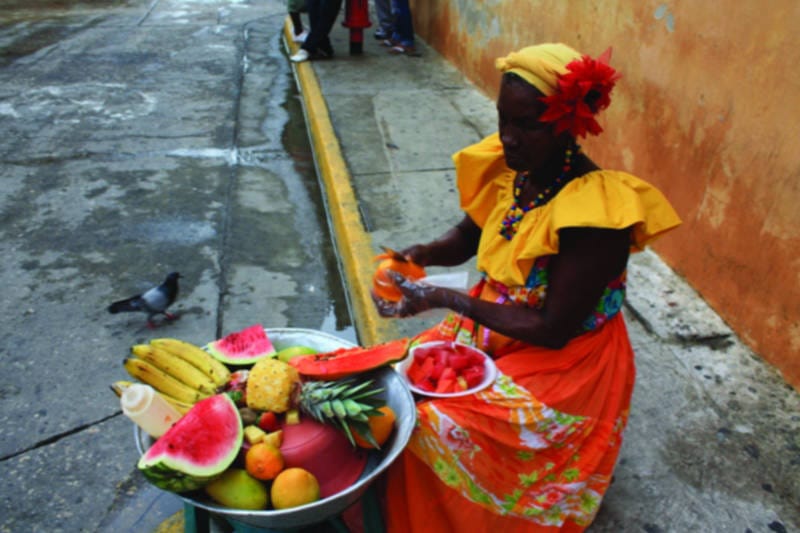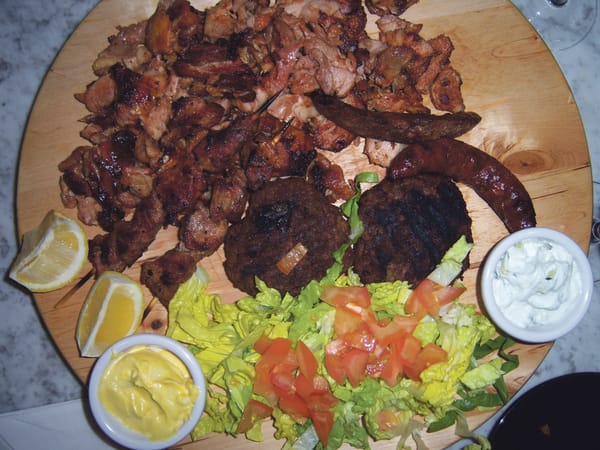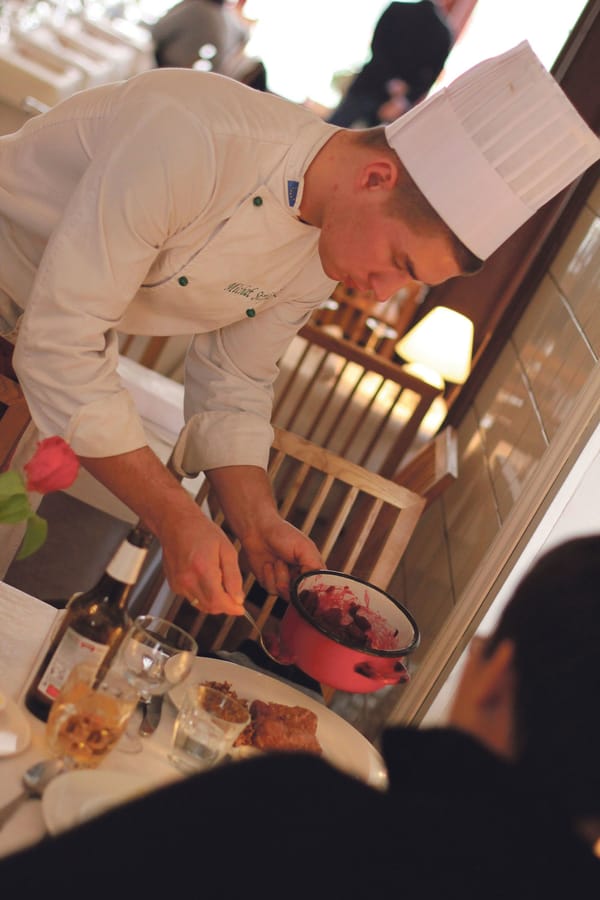A spot of magical realism in the kitchen
Columbian food is something not usually encountered in London

Colombian coffee is savoured all over the world, but the cuisine of this country has not been exported as widely. Colombians are a nation of highly energetic, sociable people who know how to enjoy a good party. And they certainly enjoy parties that involve eating. Their cuisine is hearty and varied. Ingredients used in Colombian dishes are typical for Latin America: beans, corn, plantains, fresh cheese, rice, chorizo… and, of course, meat. Quality grilled beef is king, but chicken and pork appear a lot too. If there’s no meat, it’s not really food.
Unlike Mexican, Colombian food is not spicy. For an extra kick, steaks are often paired with a side of chimichurri, a green sauce made of finely chopped parsley, garlic, coriander, vinegar, olive oil and seasoned with spices. It looks like pesto, but tastes a lot more refreshing. Just like the novels of Colombian’s most famous writer, Gabriel García Márquez, the cuisine achieves a seamless mix of the everyday with the miraculous.
Colombia occupies an area twice the size of France, so there’s a huge variety of climates and landscapes: from mountains over 5,000 metres high to idyllic beaches on the Caribbean coast, from large cities buzzing with the beat of a modern urban lifestyle to isolated indigenous communities in the Amazon rainforest. Naturally, regional cuisines reflect this variety. One thing that all Colombians enjoy are tropical fruits. You have to marvel at the variety, and of course they are much juicier and tastier than the greenhouse specimens that we encounter on our shelves in the UK. My personal favourite has to be lulo, which looks a bit like an orange and tastes a bit like kiwi.
If all the exotic culinary experiences get too much for you, order a bandeja paisa, the Colombian cousin of the traditional English breakfast. There’s enough carbs and saturated fat to cure anyone’s hangover: fried eggs, kidney beans, ground meat, pork rind, rice, chorizo, arepas, fried plantains and a side salad with avocado. It’s really more of a lunch affair. Traditionally, a Sunday Colombian breakfast would include tamales, which is a large boiled parcel wrapped in plantain leaves, filled with corn-based dough and vegetables, optionally including meat. It’s often served with hot chocolate.
Recipe
Arepas Con Huevos
For a lighter breakfast or snack, try arepas con huevos, a deep-fried cornflour pastry with an egg inside, which originates from the coast. It’s not just eggs, though. Arepas have many forms and come with all sorts of different toppings. Head to Arepa & Co in Camden Lock Market at the weekend to taste one, or try following our recipe and make your own on a smaller budget!
Ingredients (enough for 4 arepas):
1 cup Harina PAN (maize flour)*
1/4 teaspoon salt
1 cup hot water
4 eggs
Vegetable oil
– Mix the flour, salt and water to make a firm(ish) dough. Cover with clingfilm and set aside for 10-15 minutes.
– Flatten the dough with a heavy pan or a rolling pin so that it’s about 1 cm thick. (I wonder how many students own rolling pins?) Cut out palm-sized circles and use a small bowl or a large glass to help you to flatten them.
– Heat a generous amount of oil in a pan and fry the arepas on each side until they are golden brown.
– Remove the arepas from the oil and slit them open with a knife.
– Crack an egg inside each arepa. You might want to crack it into a small cup first and then pour it into the opening of the arepa.
– Return the arepa to the hot oil and fry for a couple of minutes to cook the egg inside.
– Pat the arepas with a paper towel to remove excess oil. You wouldn’t want a premature heart attack, would you? Serve warm.
- Harina PAN can be sourced from R Garcia & Sons on Portobello Rd, La Bodequita in Elephant & Castle, or Brixton Market.







